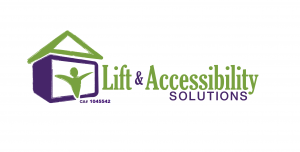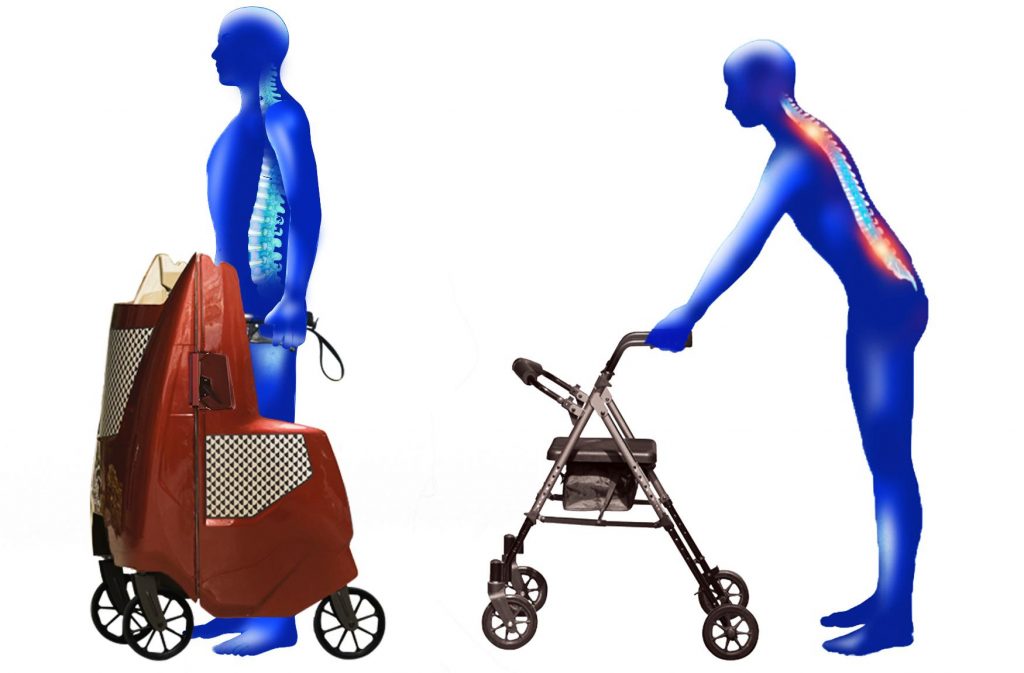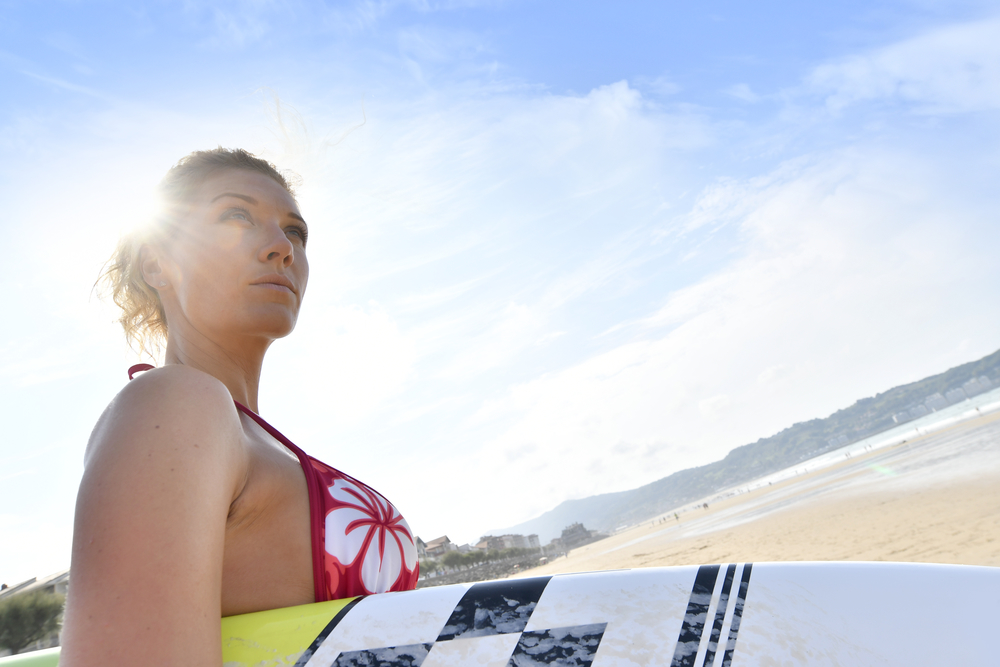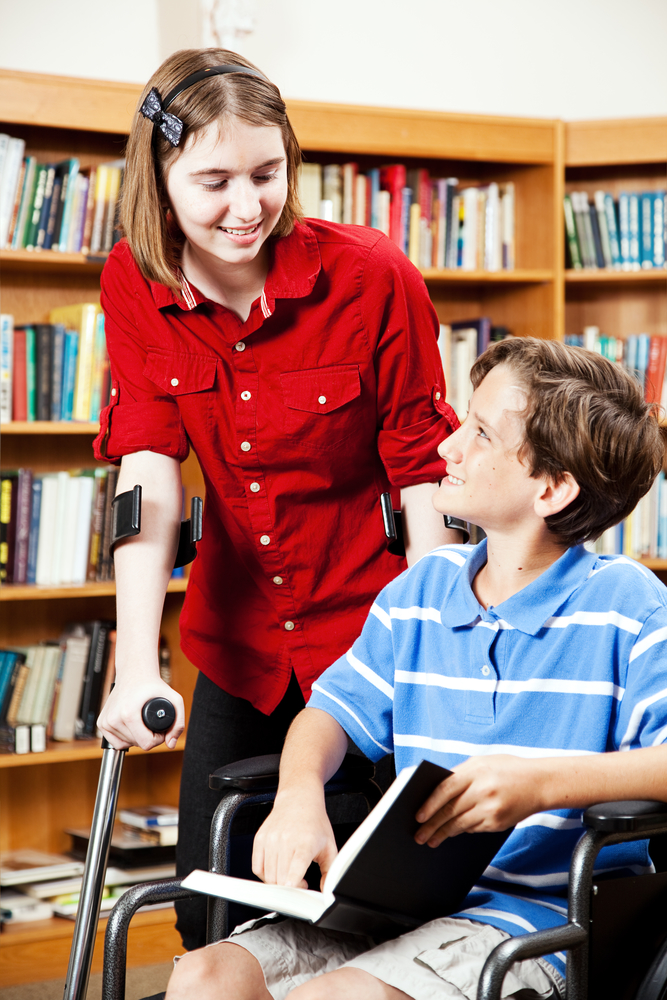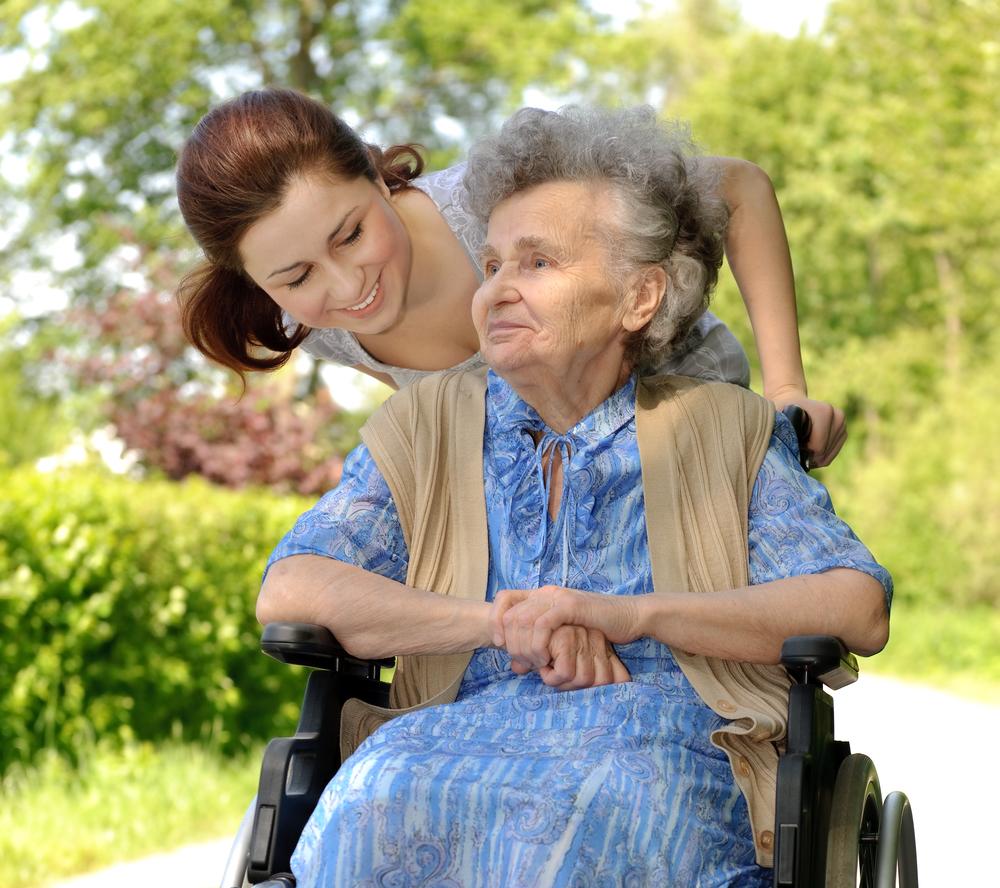Adaptive archery is just like regular archery. The athlete uses a bow to aim and propel an arrow to hit a target. Archery is an adaptable sport, and people of all ages, genders and abilities can participate. Archery athletes with various physical or cognitive impairments can easily compete alongside other athletes.
Benefits of Competing in Adaptive Archery
Participation and competition in adaptive archery can be a way for athletes to be active and socialize. It can be an opportunity to learn something new and a way for athletes to spend time with others who have similar impairment issues or no impairment issues at all. Athletes must learn not only the fundamentals of the sport, but also how these fundamentals apply to them. For individuals who aspire to do more, there may be the option of making a U.S. Paralympic or World Championship Team.
Equipment Options
When selecting a bow there are two choices: recurve and compound. Both styles of bow offer advantages and disadvantages, and both options can be modified for use by adaptive athletes.
Recurve Bows
A recurve bow, also known as a traditional bow, consists of a single bow body and a string that connects to the ends of the body. This is a very simple and effective design. When starting out in the sport of archery, it is recommended to begin with a recurve bow. Modern recurve bows are made from fiberglass or carbon for strength and durability.
Compound Bows
Compound bows feature an updated, more modern, design. The bow body is smaller and constructed from aluminum or carbon fiber. Pulleys are located on the ends of the body and strings are run through the pulleys. The pulley system requires less strength to use the bow, while also delivering more power in the delivery.
How to Make Archery Adaptive
For prospective archers, it is necessary to work with a trainer who can assess their ability and skill level and create a teaching and training plan structured to fit the individual’s needs. Specialized equipment may be necessary in order to train and compete. A bow can be modified to make it possible for easy operation by an adaptive athlete.
Getting Started in Adaptive Archery
Training and practicing can be a fun activity for adaptive athletes interested in archery. Learning the proper techniques and skills can build discipline and self esteem. This is an activity adaptive athletes can learn and practice alongside other athletes of different abilities and skill levels. This can create understanding and give the athletes something they can learn more about and grow into. In some cases, athletes can go on to compete.
15 Sep 2017
Discover the Wonders of the Upright Walker
Over six million people in the United States need to use some type of assistive device to help with mobility. It’s not only the elderly who often need the aid of a walker, wheelchair, or cane. Many young and middle-aged individuals face health issues that make walking unassisted difficult. Multiple sclerosis, Parkinson’s, and Fibromyalgia are a few of the disorders that affect people’s ability to walk. With the advancements in technology and science, strides have been made in aiding people with disabilities. One such advancement is that of the upright walker. This newer product gives people another option for getting around gracefully. Let’s take a closer look at some of the details of the upright walker.
Helps you stand up tall
Traditional walkers are constructed to reach right about the waist level. When using a traditional walker, you set it right in front of you and step behind it. This means you must stoop over and lean down into the walker to walk. The upright walker got its name in part because it helps the user stand upright when walking. The handles are elevated to a height that allows people to have the walker at a comfortable height. People have the ability to look straight ahead instead of down at the pavement. This makes them more safe and comfortable.
Framework for the upright walker provides safety
The framework of the upright walker surrounds the user on both sides and allows for a footstep of room. This means as people move forward, they are boxed in on each side for their entire movement. With traditional walkers the frame is set in front of you so that if you stumble to the side for any reason, there is nothing next to you. The upright walker is beside you every step of the way. If you would stumble to the side, you would have the support of the framework on both sides to help balance you.
Shock absorbers and brakes
The upright walker is somewhat like a bike with mini tires and shock absorbers. This helps move you along bumpy terrain without all the jostling. Uneven surfaces are no problem with the use of an upright walker. In addition, you grip handles with brakes that extend from the armrests. If you need to stop yourself from moving along or you’re going down a slight hill and need some brake power, you will have it at your fingertips.
Discover the ease and comfort of walking with the upright walker. Whether you need to go around the block or to the mailbox, using this innovative product will make walking so much easier.
26 Jul 2017
Giving Yourself a Lift: How Installing a Dumbwaiter Can Facilitate Your Independent Living
As you age, it gets a little harder to do things that you used to be able to do without thinking. Climbing stairs, maintaining your balance while walking, and reading fine print definitely make life harder, but there are ways of compensating for that like a walker, railings and chairlifts, and bifocals and reading glasses. The real struggle for many seniors though is lifting or carrying weight that used to be easy for you to shift on your own, but now feels far heavier than it used to. Unloading groceries from the car and carrying them up from the garage to the kitchen or moving laundry from the second floor to the first or your basement leaves you feeling like you just made a round trip to the peak of Mount Everest and back. Downsizing to a one-story house and moving your whole life to a new place seems even more complicated, expensive, and inconvenient, so what should you do?
Dumbwaiter Is A Solution
One solution that many senior citizens find particularly effective is to install a dumbwaiter in their home to automate carrying things to different floors. A dumbwaiter is like a small enclosed elevator for transferring household items safely and easily. Simply load whatever needs to be transferred to a different floor into the dumbwaiter, close it up, then go upstairs or downstairs and have it lifted or lowered directly to you. No more worrying about losing your balance while carrying a laundry basket or bags of groceries on the stairs, and no more straining on your own or having to ask for help every time you need to bring groceries in or run a load of washing.
Cost Considerations
Installing a dumbwaiter allows you to live independently in your own home without the need for uprooting your life and moving into a smaller, more convenient home. It may seem like a significant expense given what is involved in the proper installation and setup for a dumbwaiter, but considering the statistic that selling your home and buying a new home often costs in excess of $25,000 in realtor fees alone, the cost of installing a dumbwaiter is significantly less than moving costs. It also allows you to stay in the home where you have probably spent the majority of your life and planned to stay in permanently.
If you are struggling with the day to day tasks of independent living such as carrying items up and down stairs or getting around while carrying things in your home, you should definitely set up a consultation for dumbwaiter installation. There is no reason to upend your life when a simple and effective solution will let you stay independent and in your own home.
20 Jun 2017
The Draw of the Water: Adaptive Surfing
For some who have suffered debilitating injuries, one of the biggest joys in life is overcoming the challenge of getting back to nature. The pressure of constantly being surrounded by four walls can quickly give anyone cabin fever, making the pull of nature and open skies nearly irresistible. One of the most popular water sports going right now for injured or disabled individuals is adaptive surfing programs.
Adaptive surfing has a wide range of benefits that go far beyond just getting out and back to Mother Nature. First off, it is not easy and it is a excellent form of fitness. Adaptive surfers will learn early on that both physical strength and endurance will come into play as well as core strength and balance as they develop the skills needed to surf.
Beyond the physical there are the mental benefits as well. Surfing has been said to be a great anti-depressant. The feeling of exhilaration as you skim the surface of the water has a profound effect on most surfers. After a day at the beach, it is hard not to be in a good mood.
With adaptive surfing, surfboards come in all shapes and sizes. Depending on the person and their needs as well as their skill level , there are a lot of variable to finding the proper board.
Thankfully, there are a plenty of large and caring groups out there that are more than willing and ready to assist you in learning to surf. In adaptive surfing there are two main methods:
Adaptive Prone
The prone style can be done in an assisted and an unassisted fashion. Prone-assisted surfing often has someone that will assist the surfer in catching a wave. This can be done by paddling or pushing them into the proper position as well as helping the surfer back onto their board after catching a wave.
Prone-unassisted is the adaptive style of independent athletes that can catch their own waves and get back on their own board without assistance. Often the only assistance that adaptive surfers of this level need is help in and out of the water.
Waveski Boards
Waveski boards are surfboards that are designed for the surfer to sit upright and use with a kayak paddle to catch waves as they come in. These are excellent for first-time adaptive surfers as many often have room for an abled bodied person to help with navigating the surf until the surfer has the confidence to surf unassisted.
22 May 2017
Who Needs a Stairlift?
Stairlifts are great inventions that can really improve the lives of many people. It can be a strange thing to feel like you are cut off from parts of your own home. However, for those who find it difficult to move up and down levels in their house, this can be exactly the case. People who have trouble with stairs often find themselves adjusting their lives so that trips up or down the stairs aren’t necessary. This shouldn’t have to happen, stairlifts are a way for people in this situation to be able to gain a little bit of their mobility and independence back. But, who really can benefit from something like this?
The Elderly
If you’re thinking of a stairlift, you probably have an image in mind of an older person using it to go up and down stairs. This might be stereotypical, but that doesn’t mean it’s not true. As we age, we find that things which were once easy and taken for granted, like stairs, become difficult, if not impossible. For some, downsizing is the answer. For others, though, this is not an option they want to consider. Rather than shutting off the upstairs, a stairlift can provide the solution.
The Disabled
You don’t have to be a senior citizen to need and enjoy the benefits of a stairlift, however. If someone suffers from a disability that makes it difficult to walk, concentrate, keep their balance, or in some other way hampers their mobility, a stairlift can help them gain a small measure of independence. This can help someone whether they are 18 or 80.
The Injured
A third type of person who can benefit from a stairlift is one who has been injured. Maybe it’s a temporary injury, maybe it’s more long term. Either way, while the injury is getting in the way of their ability to move, a stairlift can help. In some ways, those who are temporarily unable to use the stairs are in a worse situation than those who have resigned themselves to it being a permanent condition, because there’s a good chance they haven’t had time yet to rearrange their life to deal with it. This means a frequent need to travel up and down the stairs, which can be difficult, painful, and often dangerous. The good news, though, is that stairlifts don’t have to be permanent, as they can be uninstalled when the need for them is over. Rented ones may be good for situations like this.
So, whether you’re young or old, a stairlift might be the solution you have been waiting for. If you’re tired of not being able to use your entire house, or depending on others to help you get around, then it’s time to look into taking your independence back. Call us today!
The new year is a perfect time to try and make some life changes. If you’re like many others, you’ve considered trying to live a healthier lifestyle. Eating better, changing some habits–these are all great starts. But one thing’s for sure: the best way to make this positive change is to begin an exercise program. But, what if you’re one of the almost 50 million Americans who suffer from some sort of disability? You might think that this setback makes it impossible for you to start exercising. Well, if that’s true, you need to think again.
Chances are you’ve never heard of Mark Inglis. Or Phillipe Croizon. In fact, most people will probably never hear of these individuals. And yet, for those people who go through life with some sort of disability, these men’s names (and many like them) should be names they are very familiar with. Why? Because these men never let their disabilities stop them from achieving their dreams, and both went on to accomplish spectacular feats. Mark Inglis, a double amputee, climbed Mt. Everest in 2006. And Phillipe Croizon, who lost all of his limbs in an accident many years ago, successfully swam the English Channel in 2010. Stories like these–and these two only scratch the surface–just go to show you that, regardless of the obstacles you might face in life, you can accomplish anything if you put your mind to it.
Of course, living with a disability does present some obstacles, and depending on your specific situation, the things you want to accomplish might change. Regardless of what you decide to work on, here are a couple of things to keep in mind:
- Consult a Doctor or Physical Therapist First. This is always good advice, but just make sure your healthcare professional is aware of your new exercise program, and gives you the greenlight to begin. They might even have a program in mind that you should start.
- Look For a Disability Exercise Group, or Start One. Chances are, you’re not the only one in your area with a disability who’s looking to get healthy. By joining a group, you can find the support and help that naturally comes from joining, coupled with knowledgeable people who are able to help you get the most from your unique situation.
- Don’t Strain Yourself. This is another good piece of advice for everyone, but one that resonates even more when a disability is involved: don’t overdo it, especially when you are just starting out. This is a common mistake, and one that can lead to further problems in the future.
So, as you begin a new year, think about what you want to change in your life. And whatever you do, don’t think that having a disability somehow disqualifies you from living the life you wish to have. Remember Mark Inglis, Phillipe Croizon, and the millions of others who have made the decision to not let their disabilities slow them down, and then make the same choice.
19 Dec 2016
Tips for Socializing if You Have a Disability
Whether as youths, adults, or seniors, people with disabilities or special needs find it difficult to engage in many activities that would otherwise allow them to interact with other people. It can be easy to feel left out because you don’t think you can participate in the same things non-disabled people “typically’ do for fun. But at the same time, it’s important to recognize that many of the things holding you back from socializing are mental, and can be overcome. If you have a disability and want to know how to socialize better, here are a few tips:
1. Understand your limitations, but don’t let them hold you back.
If you have a physical disability, you may not be able to necessarily participate in sports the same way as others, or go hiking or dancing without having to make special preparations. But at the same time, don’t let that hold you back from the things you can do – like finding another way to play your favorite sport, or meeting new people at an activity that doesn’t require a lot of physical activity.
2. Build your socializing experience around activities.
The best way to build relationships with people is around shared interests, and this stands true for those with disabilities as well as those without. If you want to socialize, try doing something you love, whether that be volunteering, taking a cooking class, or touring a museum. That way you can talk to people who are interested in the same thing you’re doing, and have a conversation starter if you’re unsure where to begin.
3. Answer questions if people genuinely have them.
If people that you talk to are curious about your disability, take time to answer their questions, as long as they are being respectful about it and show a genuine interest in understanding you and your perspective. This will help facilitate easier and more natural conversation that you can both be comfortable with.
4. Look for special mixers in your area.
If your area has mixers specially for people with disabilities, consider going to one. You may be surprised at who you meet there, and you don’t need to feel like you disability is your identifying marker, either – have a conversation with someone without thinking about how you are different.
10 Oct 2016
Care-giving Tips for Disabled Loved Ones
It’s true that caregivers, especially family members, can play a crucial role in the long term health of a disabled loved one, but it also takes a lot of responsibility and effort. There are different levels of caregivers, such as a child taking care of a parent, or a parent taking care of a child. Spouses can tend to each other, as well, if the needs arise. If you have a disabled loved one, and are planning on being a caregiver to them, there are some things you need to know to provide the care your loved one needs.
Tips To Provide Quality Care-giving To A Disabled Loved One
Research
Conducting some research on their disability can give you some insight on how to be an efficient caregiver. Finding out symptoms of a disability will give you an edge in providing your loved one’s needs.
Network
Finding other people who are caregivers can be a huge relief, especially to those without previous experience. They’ll be able to support you and give you advice on their experiences to help you become an excellent caregiver.
Encourage
You should encourage and support your loved one’s independence as it is extremely good for their attitude and health. Talk to them about what they feel you really need to do for them and how best to support them in what they can and can’t do. If you are concerned that you need to step in, broach the topic in the most respectful manner possible.
Keep Up With Advancements
New technologies become available every day to make disabled loved ones remain independent more easily. Join mailing lists and message boards to stay up to date on advancements and new techniques regarding your loved one’s condition.
Accept Your Feelings
Care-giving can be a roller coaster of emotions, and it’s important to understand those feelings and accept them for what they are. You should put yourself in a position where you are effectively caring for your loved one. Build a support system and allow times for you to take care of yourself so you can better take care of them.
Ask for Help (When You Need It)
Though you may be a primary caregiver, you should be aware of your limits. You should ask for help from other family members or doctors that are dependable. Make sure to find out your other family member’s needs before you ask, so you can both make plans you can stick to.
Provide Availability
If you’re the primary caregiver, but you don’t live near your loved one, you can set up a system so you’re notified of any emergency. You can set up an alarm system, manage doctor appointments, find a case manager, or hire local services.
Care-giving is a difficult task for anyone to take on, and it’s best to be prepared as much as possible. If you’re unsure about care-giving, or need some extra advice. Don’t forget to maintain your own health, for yourself and so taking care of a disabled loved one will be much easier.
